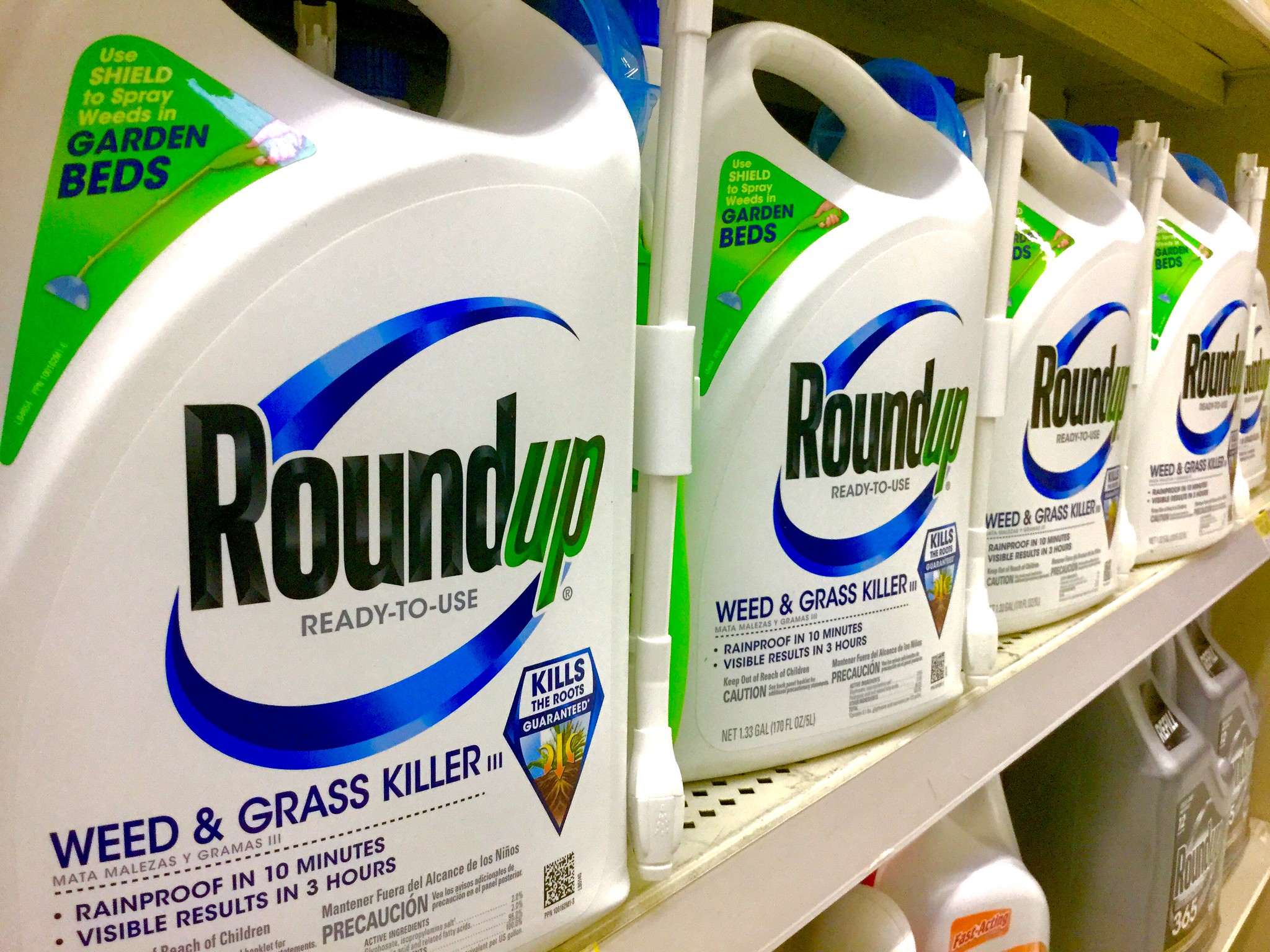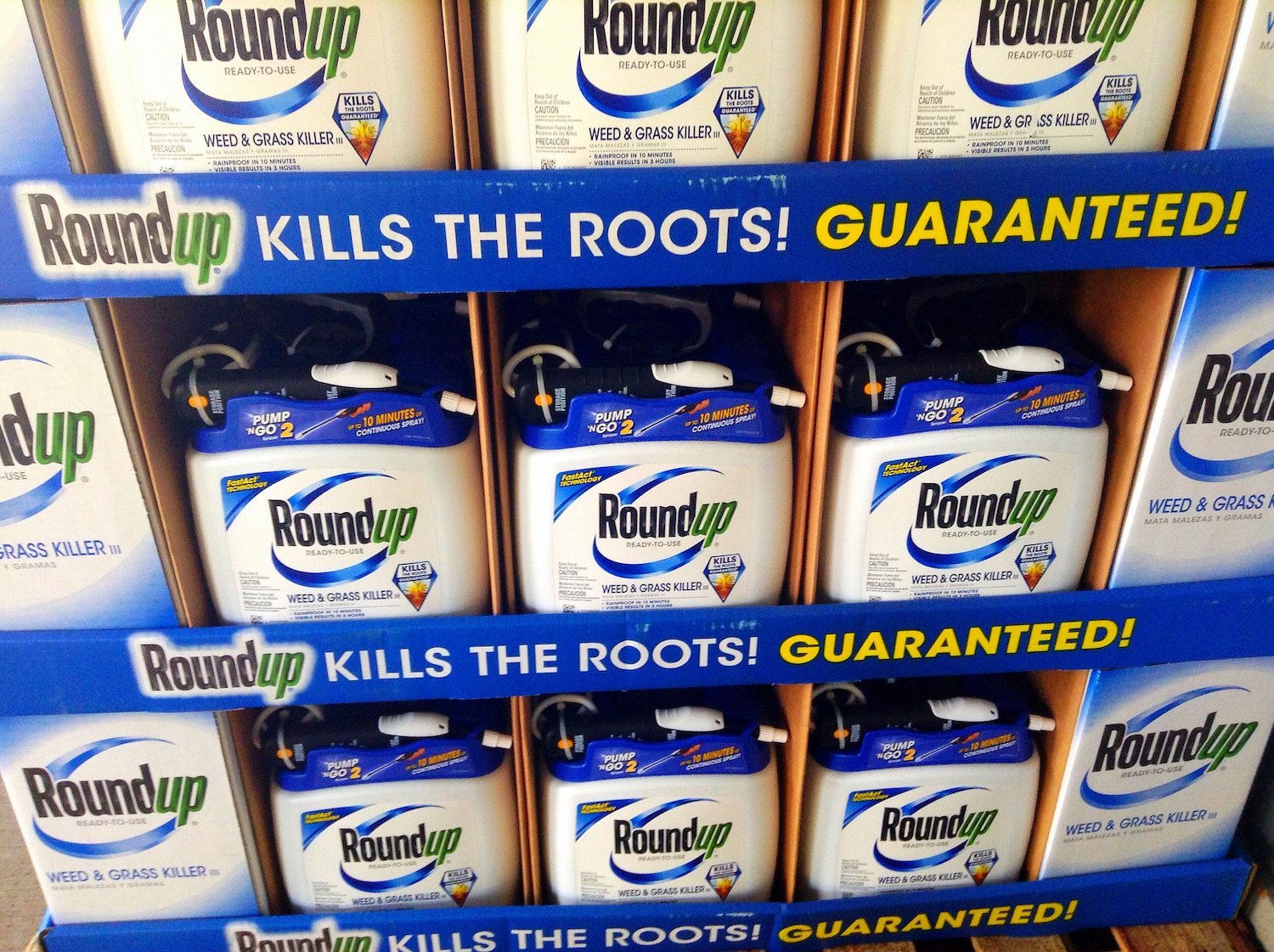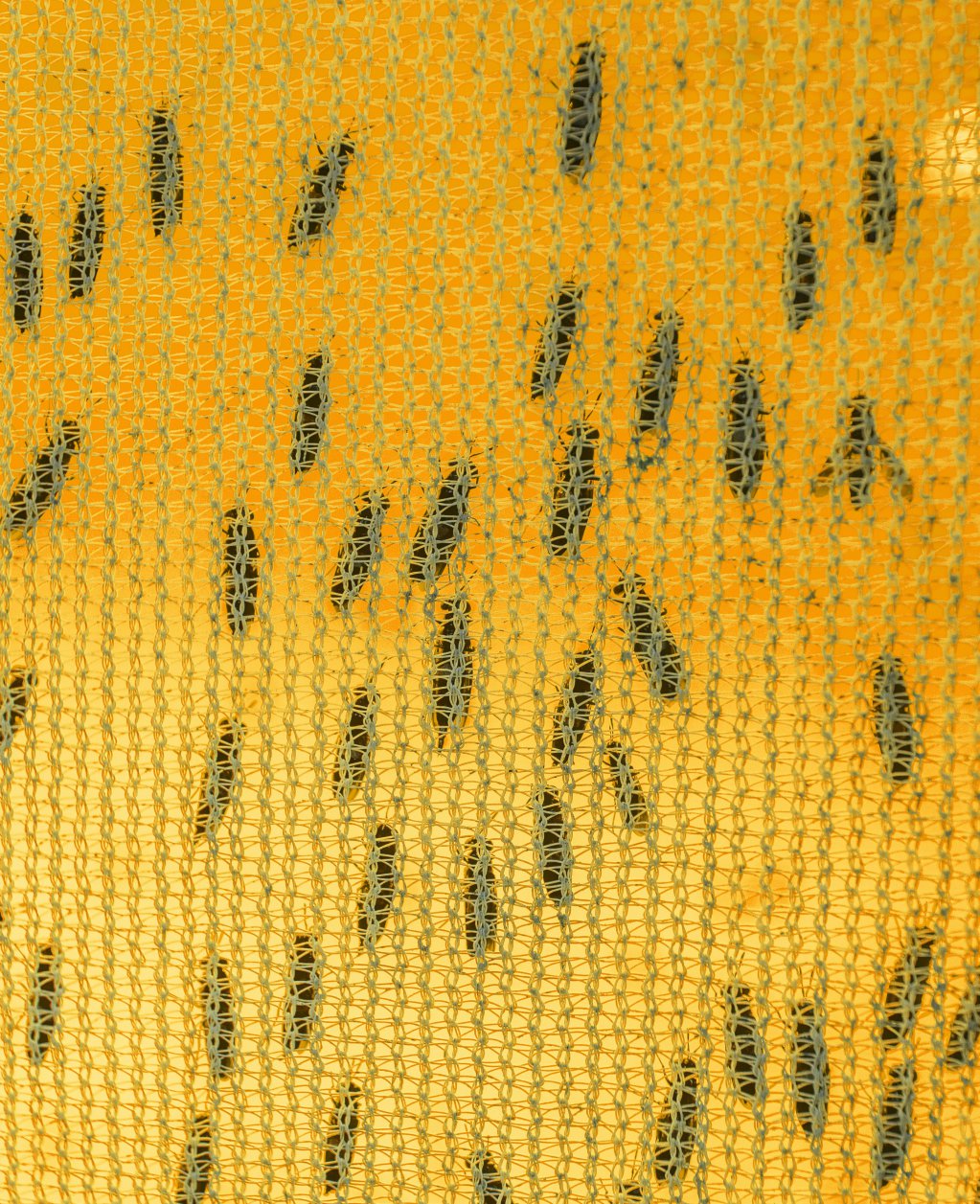The Environmental Protection Agency announced last week that it will not approve product labels linking the herbicide glyphosate, the active ingredient in Roundup, with cancer.
This announcement follows a move by California regulators in 2017 to add glyphosate to a state-maintained list of cancer-causing chemicals. Under the state’s Safe Drinking Water and Toxic Enforcement Act of 1986, commonly known as Proposition 65, businesses have to provide warnings when their products contain chemicals that appear on this list. The glyphosate cancer warnings were scheduled to start appearing in summer of 2018, but a judge delayed the rule while Monsanto (now owned by Bayer) challenged the decision in court. Now, the federal government has stepped in to ensure the warnings will not appear.
This isn’t the first time California has adopted stricter carcinogen disclosure rules than the federal government. Memorably, in 2018, the state moved to require cancer warnings on coffee. With glyphosate, the difference of opinion between the state and federal government can be traced back to the assessments regulators relied on in making their determinations. The California Office of Environmental Health Hazard Assessment made its decision based on a 2015 finding from the International Agency for Research on Cancer (IARC), which is part of the World Health Organization. That agency’s most recent evaluation concluded that glyphosate is “probably” carcinogenic to humans.
By contrast, the United States Environmental Protection Agency found in its most recent assessment that glyphosate does not pose a public health risk when used as directed. The agency, predictably, cited its own review when it announced it will not approve California’s cancer warnings.
So why the difference of opinion? Both assessments have seen their fair share of controversy. The chair of the IARC was accused of ignoring data that found no link between Roundup and non-Hodgkin’s lymphoma. The EPA, on the other hand, did not initially reach internal agreement over glyphosate’s potential to cause cancer, the New York Times reported last year. The agency’s Office of Research and Development, using epidemiological research, determined that “either glyphosate was likely to cause cancer or that there was at least some evidence suggesting a problem,” according to the Times investigation. By contrast, the agency’s Office of Pesticide Programs determined that glyphosate is not a carcinogen, and that was the view that ultimately won the day.
Ironically, glyphosate’s future may lie in the hands of juries, not scientific assessments. Three times, California juries have ruled in favor of plaintiffs suing Monsanto after developing cancer, decisions that initially totaled billions of dollars. (They have since been reduced to millions.) Under pressure from parent groups, Costco agreed not to sell Roundup this year. And a judge recently postponed a jury trial that was scheduled to take place in St. Louis, on Monsanto’s home turf, prompting speculation that a settlement may be on the horizon.
Simply put, it may become too expensive for Bayer to keep Roundup on the shelves for much longer. And if that’s the case, neither the EPA nor the IARC assessments will matter.
We reached out to California’s Office of the Attorney General for comment. We will update this story if and when we receive response.
Jesse Hirsch contributed reporting to this story.
Update: After this story published, EPA emailed The New Food Economy with this statement:
EPA scientists performed an independent evaluation of available data to determine the carcinogenic potential of glyphosate and concluded that glyphosate is “not likely to be carcinogenic to humans.” For more information, read the Revised Glyphosate Issue Paper: Evaluation of Carcinogenic Potential.
EPA’s cancer classification is consistent with other international expert panels and regulatory authorities, including the Canadian Pest Management Regulatory Agency, Australian Pesticide and Veterinary Medicines Authority, European Food Safety Authority, European Chemicals Agency, German Federal Institute for Occupational Safety and Health, New Zealand Environmental Protection Authority, and the Food Safety Commission of Japan.











